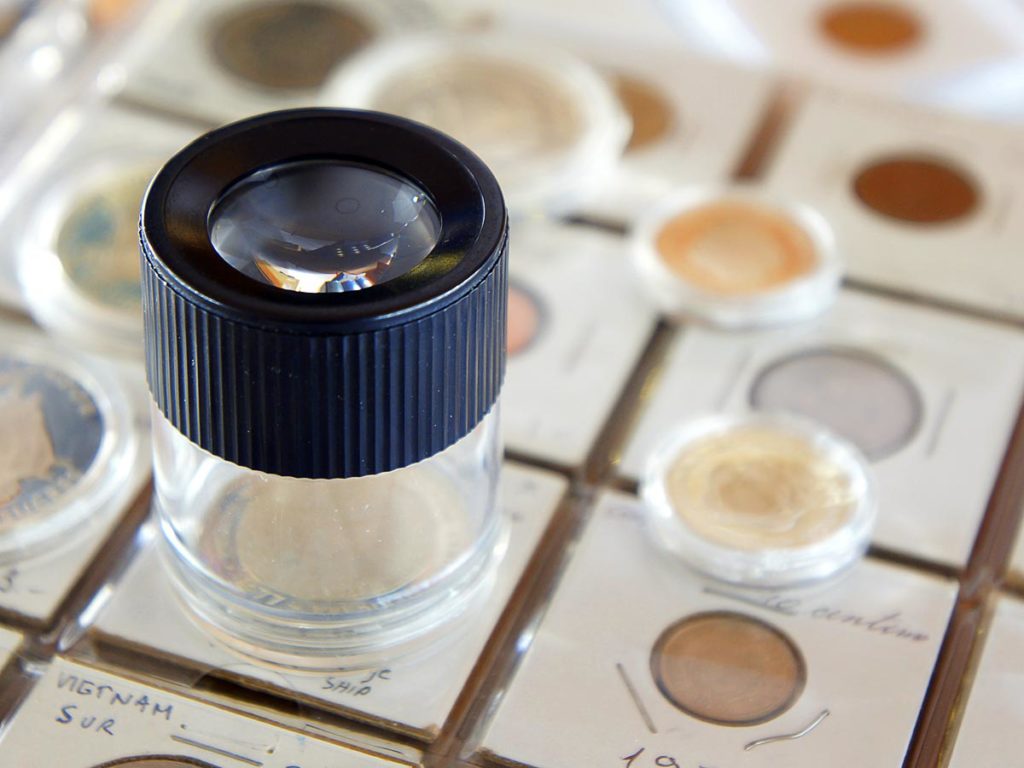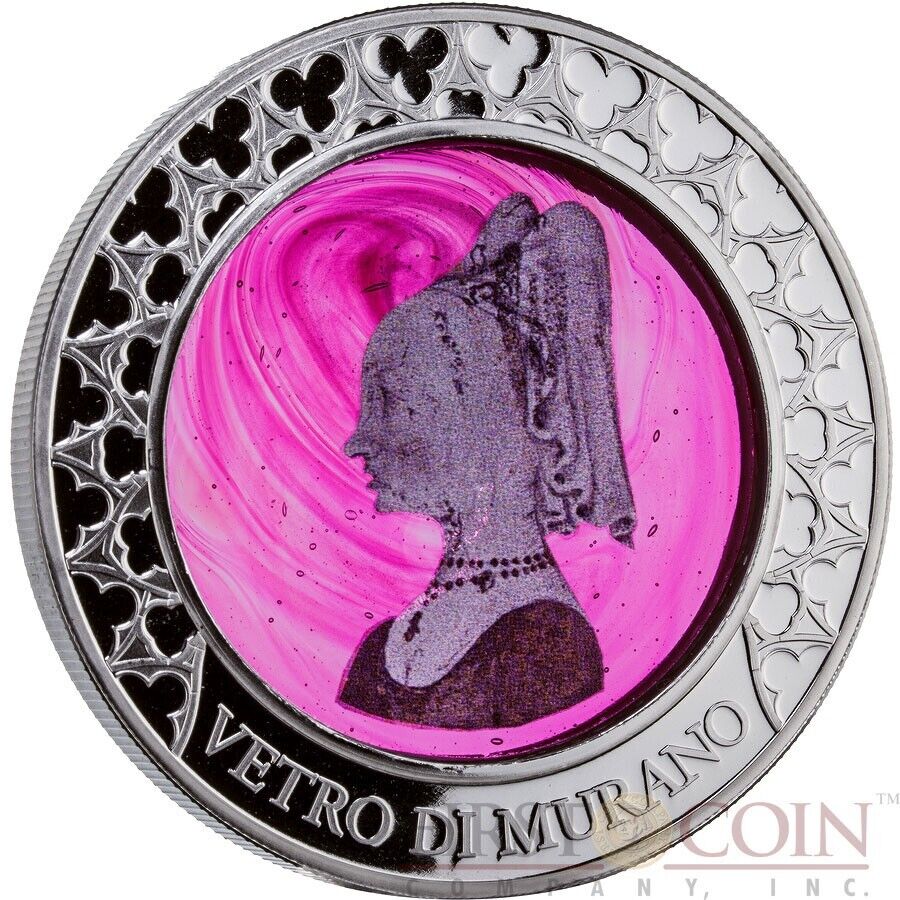Collecting coins from around the world is a fun hobby that’s easy to get started with. World coin collecting allows people to learn about people while collecting the currencies of foreign countries. You even discover coin currencies that have been discontinued, like the Spanish peseta.
As it can be a bit daunting to know how to start, this page has been created with beginners in mind. You will learn about what tools you may need and see ideas for collection themes, while we highlight some notable currencies for collectors and historians.
Themes and ideas for world coin collecting
It’s one thing to decide you want to start a collection and quite another to figure out the kind of world coin collection you want.
Europe rare coins for collectors and other buyers
- Are you interested in the coins from a particular state, country or continent?
- Do you want to focus on coins minted in one specific year — say, your birth year?
- Do you want coins that all feature an uncommon metal, like steel or white gold or palladium?
- Some collectors focus on esoteric concepts like coins depicting reptiles or insects.
- Some numismatists takes pleasure in acquiring coins with production errors or extremely short production runs.
- As some numismatists happen to have an appreciation for history, they may dedicate a collection to discontinued national currencies, like the thaler coins of Prussia.
Ways to grow your world coin collection
While the seed for most coin collections tends to come naturally, either randomly found on the ground or as a relative’s gift, the real quest begins when you start looking for similar coins.
- Working a job that involves a cash register is a surprisingly good way of encountering foreign coinage, especially from countries that neighbor your own. More than a few American cashiers have accidentally accepted Canadian dimes and pennies because of their similar sizes and colors.
- Family members who travel the world will likely be more than happy to give you some of the spare change from their adventures abroad. Even better, you may discover that one of your relatives has a collection of their own and they may wish to collaborate with you for a joint collection. Inheritance is yet another way in which family might yield rare and unique foreign coins for your collection.
- Flip open some directories or do some internet searches for local coin dealers or trade shows. These are excellent repositories of pieces for world coin collecting, some of which you may not have even been aware existed.
- While you have your web browser open from hunting for dealers, you may also want to look into purchasing coins through an online marketplace. Online vendors may be networked across multiple locations, allowing you to peruse an immense collection of coins that are all for sale, often with fairly low costs to ship your coins and with guarantees to refund your money should the coins somehow become lost in shipment or not be what you ordered.
- While it may not have much of a role in the display or upkeep of coins, you may want to consider investing in a metal detector. While such a device may not always yield coins, it may help you uncover metallic objects or scrap that can be recycled for cash; you can then use that cash to fund further acquisitions for the sake of your collection. Generally speaking, the older an area’s history of development goes, the higher your chances of finding old coins will be.
Stamp collecting for beginners: A guide to the world of philately
The world coin collector’s tool box
While it’s all well and good to have a pile of coins from around the world, a proper collection entails more than the items themselves.
- If you want to start world coin collecting, especially one with a specific theme like coins from a specific continent, you would be well-served by looking into albums that can store your coins for display purposes.
- If your collection is more esoteric in nature, you may want to acquire a handful of hobbyist coin holders. These are see-through objects that allow people to observe a coin from all angles without ever directly touching them.
- A magnifying glass is a great way of tracking specific details in your coins, especially when you want to discern things like the year that the coin was minted or the location of the coin’s mint, or to more precisely pin down the coin’s details and unique qualities.
- There are countless guides and videos out there that can not only help you evaluate the monetary value of your coins but also to improve your knowledge of the various quality levels used by numismatists.
- If you happen to favor displaying your coins in as pristine a condition as is possible, you should know that coins with a natural patina from old age is always preferable to coins that have undergone restoration. Coins found caked in dirt and grime, especially if you have gone around muddy areas with a metal detector, can be safely cleaned up with a narrow-headed item like a thumbtack or toothpick and some water.
More on MegaMinistore: Asia rare coins for collectors and other buyers
A brief history of collectible coins
Coins did not come into fashion for monetary purposes until the 6th or 7th Century BCE, beginning in Anatolia, a region that is now part of Turkey. While the Bronze Age saw transactions settled with solid ingots, the comparative portability of coins led to a great interest in them throughout many of the nations surrounding Turkey. A handful of coins made it much easier to pay for something worth less than an entire ingot’s worth without segmenting an ingot or agreeing to credit.
The very first coins were minted out of electrum, an alloy of gold, silver and other trace metals. The Roman Empire is responsible for the standardization of coinage. Even when paper money was the new big thing in Europe, coins made of precious metal maintained a presence in the market due to being worth the metal content they were minted from. Ancient coins are a big part of world coin collecting for many people.
See also: Best currency notes for banknote collectors
Notable or otherwise historic collectible world coins
If you’re interested in adding some truly stellar items to your world coin collection, here are two notable examples to whet your appetite.
- The Class II American 1804 silver dollar. This is an illegal fake of a mistake, and a crazy story to boot. The year of 1804 saw 20,000 silver dollars minted with casts from the previous year. Due to the currency speculation between American silver dollars and Spanish-American coinage, the U.S. Mint ceased minting silver coins until 1834. That year, President Andrew Jackson scrambled to produce diplomatic offerings for Pacific nations. One Mint employee decided to illegally mint false 1804 coins, known as “Class IIs”, between 1858 and 1860. When the mint discovered the counterfeiting, they destroyed all but a single one. It’s currently displayed in the Smithsonian.
- The South African “Single 9” gold coin of 1898. Single 9 Ponds were initially minted during the Boer War, a conflict concerning, at least in part, gold. In an effort to maintain independence, South African President Paul Kruger ordered that the coins to be minted with existing dies, with a 9 punched into the reverse to signify the actual year, 1899. The first batch of 130 such coins used a 9 that was too large. Subsequent attempts had the 9 in a smaller area that lead to significant bulging. Eventually, the government returned to the design of the initial 130. These coins are known as “Double 99s” because they bear two small 9s. The very first Single 9 was eventually bestowed upon C. E. Macrum, US Consul General, after the Boer Republic became independent. The coin later emerged within the Egyptian King Farouk’s coin collection, where it would eventually be sold to a South African for 655 Egyptian pounds. The coin has changed hands several times, with one transaction reaching 20 million rand.
Browse 57,634 current Rare world coins for sale offers here
Not all coins are the same
To the delight of collectors who enjoy diversity and variety while world coin collecting, there are many coins with atypical designs that can be quite alluring.
- The coins of many ancient Asian cultures feature central holes. This allowed people to simply thread a rope through their coins and reduce the risk of losing their money.
- Some coins, especially those used to commemorate certain events, feature accents of jade, gemstones or other non-metallic components. Several coins from Niue have been minted in ovoid shapes, often with gemstones embedded within. Other commemorative coins have portions of their illustrations colored in, usually with enamel paint, like they were comic book panels.
Budget is no limit to world coin collecting
You don’t necessarily need to spend money to grow a coin collection. It never hurts to let your friends and family know that you’re looking for coins. Conversely, those with a considerable hobby budget can afford to hunt for coins in places that few would ever consider treading. The biggest hurdle to collecting coins is the motivation to pursue the hobby in the first place.










